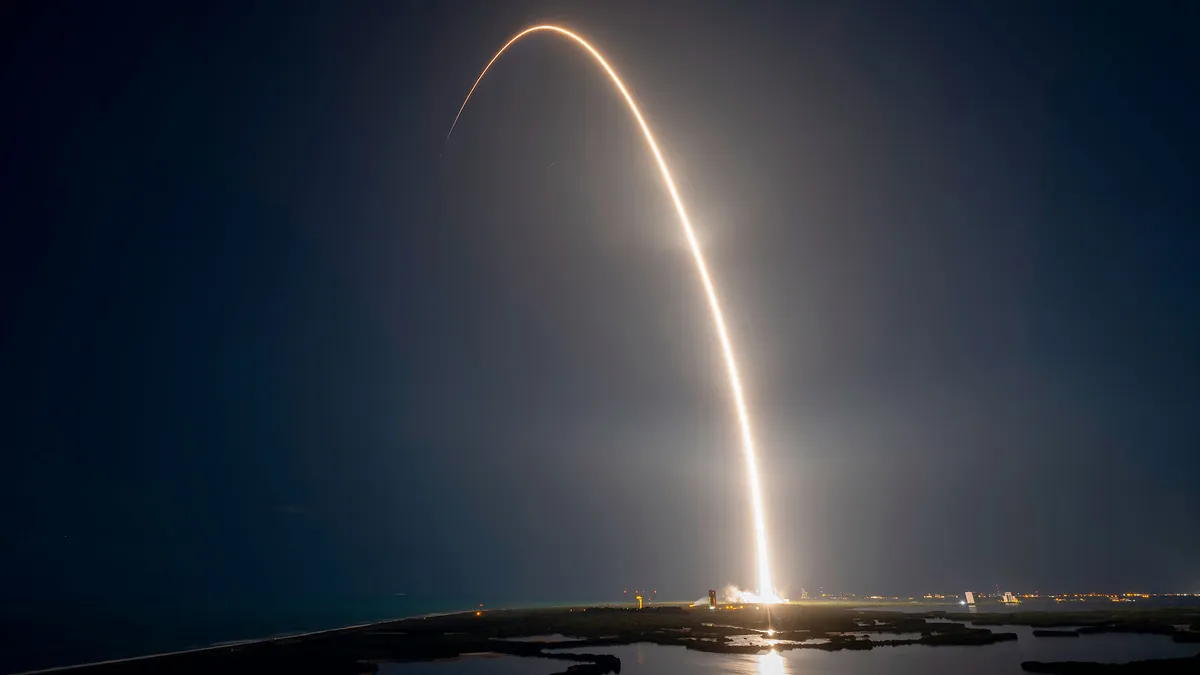US Regulator Approves SpaceX Falcon 9 Return To Service

US Federal Aviation Administration approves SpaceX’s Falcon 9 rockets to return to service following second-stage malfuction last month
|
Getting your Trinity Audio player ready...
|
The US Federal Aviation Administration has approved SpaceX’s Falcon 9 rockets to return to service, after reviewing and approving the company’s investigation and remediation measures involving a second-stage booster rocket malfunction on 28 September.
The FAA grounded all Falcon 9 launches on 29 September after the second stage of a rocket malfunctioned, causing the booster to fall into an area of the Pacific Ocean outside a safety zone approved by the agency.
The incident occurred during SpaceX’s Crew 9 mission that carried astronauts to the International Space Station.
It was the third time in as many months that the FAA had grounded the company’s most widely used launch system, which is currently used by NASA for most of its launches.

Delays
The FAA also said it had closed SpaceX-led investigations into the Falcon 9 incidents that occurred involving Starlink missions in July and August.
The agency approved a one-off Falcon 9 launch on Monday for the European Space Agency’s Hera mission to a near-Earth dual-asteroid system.
The suspension halted a planned launch of 20 OneWeb satellites, as well as a Starlink satellite launch.
In addition to the Hera mission, NASA is also planning a major launch to the Jupiter system this month, with a narrow launch window.
SpaceX said the Falcon 9 second stage failed to correctly fire its Merlin Vacuum engine less than 30 minutes after releasing the capsule into orbit.
The manoeuvre is designed to ensure the rocket burns up in the atmosphere, rather than becoming orbital space junk, with any debris intended to fall in a previously designated area that had been specified in notifications to mariners and aviators.
The failure meant debris could have fallen outside the designated area.
‘Off-nominal’ re-entry
“Falcon 9’s second stage was disposed in the ocean as planned, but experienced an off-nominal deorbit burn,” SpaceX in a post on social media.
“As a result, the second stage safely landed in the ocean, but outside of the targeted area.
SpaceX and the FAA are involved in a legal dispute over fines related to Falcon 9 activities at Kennedy Space Center and delays in authorising the fifth Starship test flight at the company’s base in south Texas.
Falcon rockets were suspended on 11 July after a second-stage explosion in orbit sent Starlink satellites into a path toward destruction, SpaceX’s first mission failure in more than seven years.
Flights resumed after 15 days when the company determined the cause was a liquid oxygen leak and devised a solution.
A suspension of three days came after a Falcon 9 first stage made a crash landing on the deck of a drone ship after a launch on 28 August.